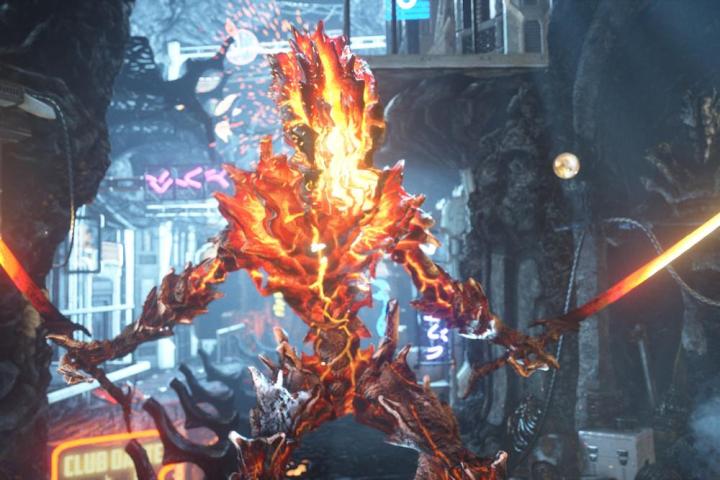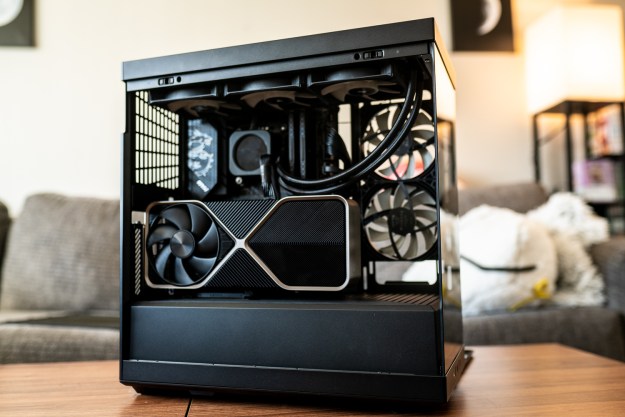
In theory, today’s systems should be able to handle almost any software with ease, but that doesn’t always prove true. A variety of hardware and software problems could hold back your PC. One way to figure out where you need to improve your rig is to benchmark your system, and there are numerous free tools that can do just that. Here are the apps you should download, and how to use them.
SiSoft Sandra
SiSoft’s Sandra is a suite of benchmarking software built for organizations that need to precisely test the performance of one or more computers. Home users can grab SiSoft Sandra Lite for free, however, and several of its benchmarks are helpful for any desktop or laptop.

We use Sandra’s Processor Arithmetic benchmark in reviews of laptops and desktops, as it’s a quick, straightforward test that doesn’t excessively favor either per-clock or multi-threaded performance (and it even provides per-core performance as a separate result). The Storage Devices, Graphics Processor and Network categories also have tests that can be helpful for gauging your system’s grunt. Sandra could be the only benchmark test you have to use, though we prefer more specialized tests for gauging hard drives and video cards.
What really sets Sandra apart from the crowd, though, is its built-in comparison feature. By default, the software pulls in scores from other hardware, and compares them to your computer, which helps you judge how your rig stands up. You can even select which hardware you want to use as a point of comparison, which is great if you’re considering an upgrade, and want to see how much it will improve your PC.
3DMark
Futuremark Corporation has been the gold standard in graphics benchmarks for over a decade. The company’s latest benchmark, 3DMark, is a couple years old, but remains a very demanding test that will bring most rigs to their knees.
3DMark can provide users with customization of the test sequence, but free users can only run a single pre-set loop of tests (Ice Storm, Cloud Gate and Fire Strike) at a fixed resolution. That’s not really a problem, though. In fact, it’s for the better, because it means everyone using the free versions adheres to the same standards and, thus, their scores are comparable.

You’ll need to be connected to the Internet to see your 3DMark score, which is uploaded automatically to Futuremark. You can then visit the website (via a link in the benchmark itself) and see how your score compares to others systems with similar (or dissimilar) hardware. While 3DMark isn’t the final word in graphics performance, it is a very useful indicator, and there’s no alternative with a larger database of comparable results.
FRAPS
As useful as 3DMark is, sometimes you need to record real-life frame rates to pinpoint games (or sections of games) that are slowing your system. For that, you’ll need FRAPS, an ancient but consistently updated tool that can extract frame rate data directly from your video card’s frame buffer. Your current frame rate is displayed in a small overlay for as long as FRAPS as loaded, providing real-time information about game performance.

This means what FRAPS provides is not a guess, approximation or synthetic test. What you see is exactly what your computer is putting out while you play the game. You can even record minimum and maximum frame rates along with frame times (the time, in milliseconds, required to render a frame) for more precise measurements.
The downside to FRAPS is its lack of a comparison tool. There’s no immediate way to tell if the results you receive are good or bad given your hardware. You’ll have to log your results, and compare them with others via forums and other communities.
You don’t need to compare results for FRAPS to be useful, however. It provides real-time framerate data makes troubleshooting easy. Just take note of how performance changes as you play a game, and adjust settings accordingly. If a game slows when you’re in large, open areas, for example, try decreasing the draw distance, or lowering the detail of distant objects.
HDTune
There are several free tools for judging hard drive performance, but HD Tune is the best for home users. The software can be used for free, and offers the most relevant information; access time and read/write transfer rate. The software is 100 percent for personal use, as well.
HDTune will take several minutes to perform its test and, once complete, will provide a series of figures. The most important figures are access time and average transfer rate. Access time is how long the drive takes to begin accessing a requested file – the lower, the better. Transfer rate is the throughput of data per second – the higher, the better.

You should also keep an eye on average CPU use during the file transfer. Generally, this should be in the single digits but, in certain situations (such as a quick drive paired with an old processor) you may see it rise above twenty percent. That could be a sign that it’s time to upgrade your processor.
As with FRAPS, there’s no built-in comparison tool. HDTune is very popular, however, and you can compare your results to any review that uses this benchmark. Most enthusiast forums have a “post your HD Tune results” thread, as well.
LAN Speed Test and Speedtest.net
We’ve now covered the three major traits that determine desktop PC performance; processor, video card, and storage. All the speed in the world may be pointless, though, if your network connection sucks. A processor will a quadrillion cords isn’t going to make YouTube load more quickly.
There are two aspects of network performance you should test. The first is local network (LAN) performance, which is how quickly data can be sent across your locally accessible PCs. Benchmarking this shows you the speed at which you can send files between local computers.

We prefer to test local network performance with LAN Speed Test. Like the other software here, this tool offers basic functionality for free via the “Lite” version. You will need two networked computers to run this test, and you’ll need to be able to access files and folders between them, or know their local network addresses. The benchmark produces packet time, bytes per second and bits per second results for upload and download speeds.
You may also want to test the speed of your Internet connection, which you can do via websites like Speedtest.net, Speakeasy Speed Test and CNET’s Bandwidth Meter. These tests should run on a system connected directly to your primary router via an Ethernet cable.

Keep in mind that while your local network speed may be very high, you’ll only be able to download files from the Internet as quickly as your Internet bandwidth allows. If your LAN Speed Test results far outpace your Internet bandwidth, and you want to download more quickly, you’ll have to upgrade your plan with your Internet service provider. If it turns out your Internet bandwidth outpaces your LAN speed, however, you’ll need to upgrade your network to enjoy quicker downloads.
Conclusion
These six benchmarks, all of which are free, cover every important aspect of computer performance. You can use them to troubleshoot problems and figure out when it’s time to upgrade. Deciphering the results can sometimes prove confusing, but enthusiast forums and communities can help. If nothing else, connecting with other users will provide you systems to use for comparison. But be careful; the quest to have the quickest rig can become obsessive and expensive!
Editors' Recommendations
- Best gaming PC deals: Lenovo Legion, ASUS ROG, Acer Predator
- It’s time to stop ignoring the CPU in your gaming PC
- What to do if your Intel CPU keeps crashing
- The ASUS ROG Ally handheld gaming PC has a nice discount today
- Gaming laptops vs. desktops: here’s how to decide which to buy in 2024


